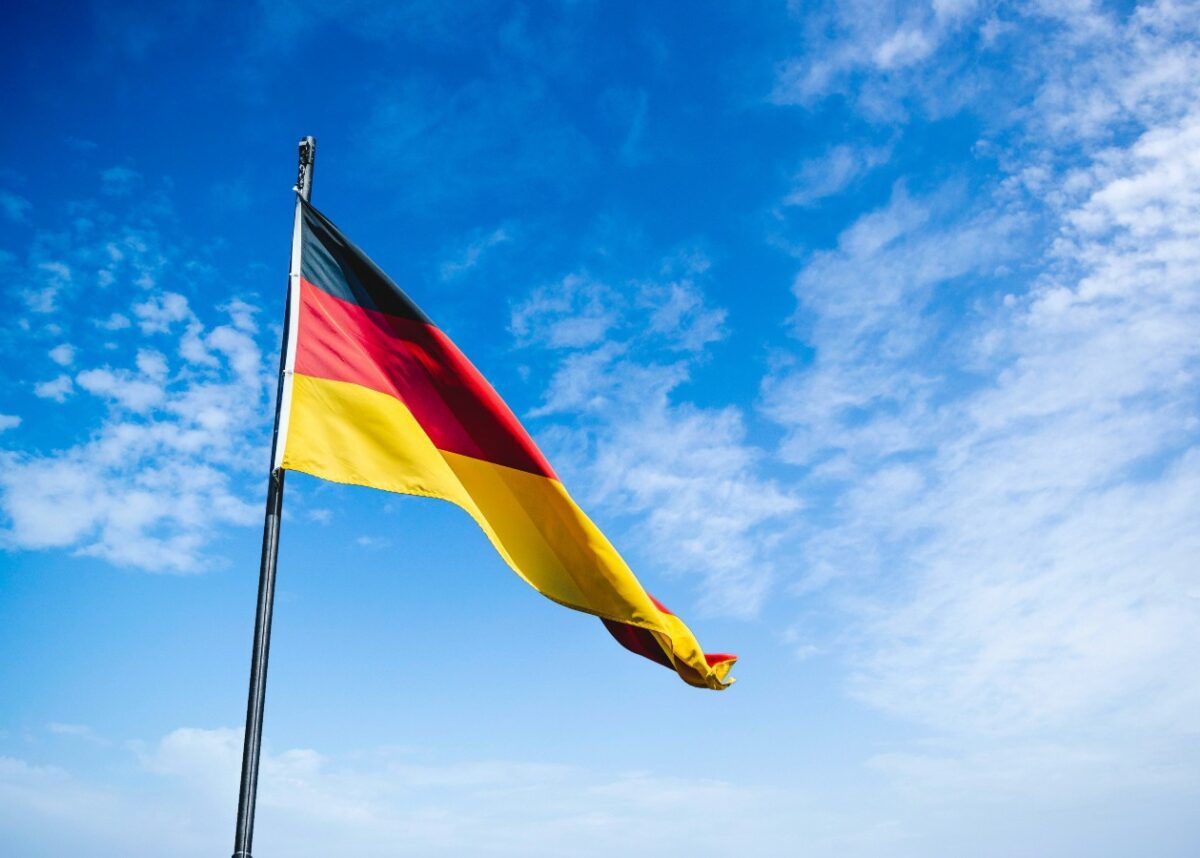Germany is shortly to hold its first ever federal election in which the sitting chancellor is not running. The departure of Angela Merkel means that, for the first time since 1949, change is inevitable.
For most of the past four years, the most likely outcome of this vote appeared to be a government led by the Christian Democrats (CDU/CSU), probably in coalition with the Green Party. For a time, the Greens were almost level-pegging with the CDU/CSU, but fell behind during the pandemic when governing parties across Europe gained ground.
Few rated the chances of the social democratic SPD – currently Merkel’s reluctant junior coalition partner. The party had its worst result ever in 2017, plumbed new depths in the 2019 European election, and gave an impression of severe internal division.
Its leader, Andrea Nahles, was forced from office after the European election debacle, and Vice-Chancellor and Federal Finance Minister Olaf Scholz lost a ballot among party members for the leadership to two largely unknown, left-wing contenders. He was selected as the SPD’s candidate for chancellor but, at the time, this seemed largely a face-saving move.
Roll the clock forward to September 2021, and the social democrats can barely believe their luck. They are polling well ahead of the CDU at around 25% – quite an achievement in a highly fragmented, six-party system. Meanwhile, the CDU/CSU is in crisis, in some polls even falling below 20%.
CDU on the rocks
The current situation owes as much to the other parties’ faltering campaigns as it does the SPD’s strength. The CDU/CSU selected Armin Laschet to be chancellor candidate ahead of Bavarian Minister President Markus Söder, despite polling evidence that this was a big risk.
Laschet has had a torrid time in the campaign. Most damaging was his reaction to the terrible floods in western Germany, including his home state of North Rhine Westphalia. His crisis management was questionable, but worse was the clip of him laughing and joking with party colleagues while the federal president made a solemn speech commemorating victims.
Laschet apologised, but the damage was done. His performance in the pandemic had been the subject of criticism, and the whole episode confirmed German voters’ doubts. Add in allegations of plagiarism, a TV interview where he struggled to name three things a CDU-led government would do, and barbed comments from Söder (who demonstratively played with his phone during Laschet’s speech at the campaign launch), and the CDU seems determined to test how low its support can fall.
The Greens have also found the extra scrutiny associated with the final stages of the campaign a challenge. Candidate Annalena Baerbock has been variously criticised for apparent plagiarism (such a common pattern – can a university offer some courses in footnotes?), failing to declare income and embellishing her CV.
Meanwhile, Scholz has edged up in the polls, as the German public considers more deeply what qualities it would like in a chancellor ahead of casting votes. His dry, sober manner of presentation, coupled with centrist politics, is (quite deliberately) reminiscent of Merkel, and has a strong appeal, especially to older voters.
Who could end up in government?
On election night, we will know who has topped the poll. There is no guarantee that the candidate of the largest party will lead the government, but there is a fair degree of expectation on the part of the German public this will happen. However, the next puzzle will be how to build a coalition.
Scholz would love to lead an SPD-Green coalition, but although things are shifting in that direction, the odds are against them having a majority.
The far-right Alternative for Germany (AfD) is out of the picture but one option could be SPD-Green-Left Party – and this has not been ruled out by the SPD or Greens. On domestic policy, such a coalition would be doable, but on foreign policy, there is a gaping chasm in views (with the Left Party pressing to disband NATO and replace it with an alliance involving Russia).
Partnering with the Greens and the Left Party would also leave Scholz rather less room to resist policy demands from the SPD’s left, running counter to his more centrist instincts. The most likely scenario is a “traffic light” coalition of SPD, Greens and the liberal FDP, but the latter will play hard to get, and there are major policy differences between the FDP and its potential partners, especially in the key areas of climate and fiscal policy.
Given all this uncertainty, multiple coalition formulations may well be possible. On election night, we may get some hints. There will then be exploratory talks among potential partners over a few weeks, which will resolve key issues. Will the FDP be open to compromise with the SPD and Greens? Will the Left Party spring a surprise and jettison its foreign policy platform?
Only after these initial talks will we know which combination will embark on formal coalition negotiations. And as we saw in 2017, there is no guarantee of success: talks might fail, or the outcome might be voted down by party members or delegates.
Germany will be in a period of hiatus, with just an acting government, for a period of several weeks if not months. Readers across Europe, and beyond should stay tuned: we are set for an exciting ride.
Ed Turner, Reader in Politics, Co-Director, Aston Centre for Europe, Aston University
This article is republished from The Conversation under a Creative Commons license. Read the original article.












